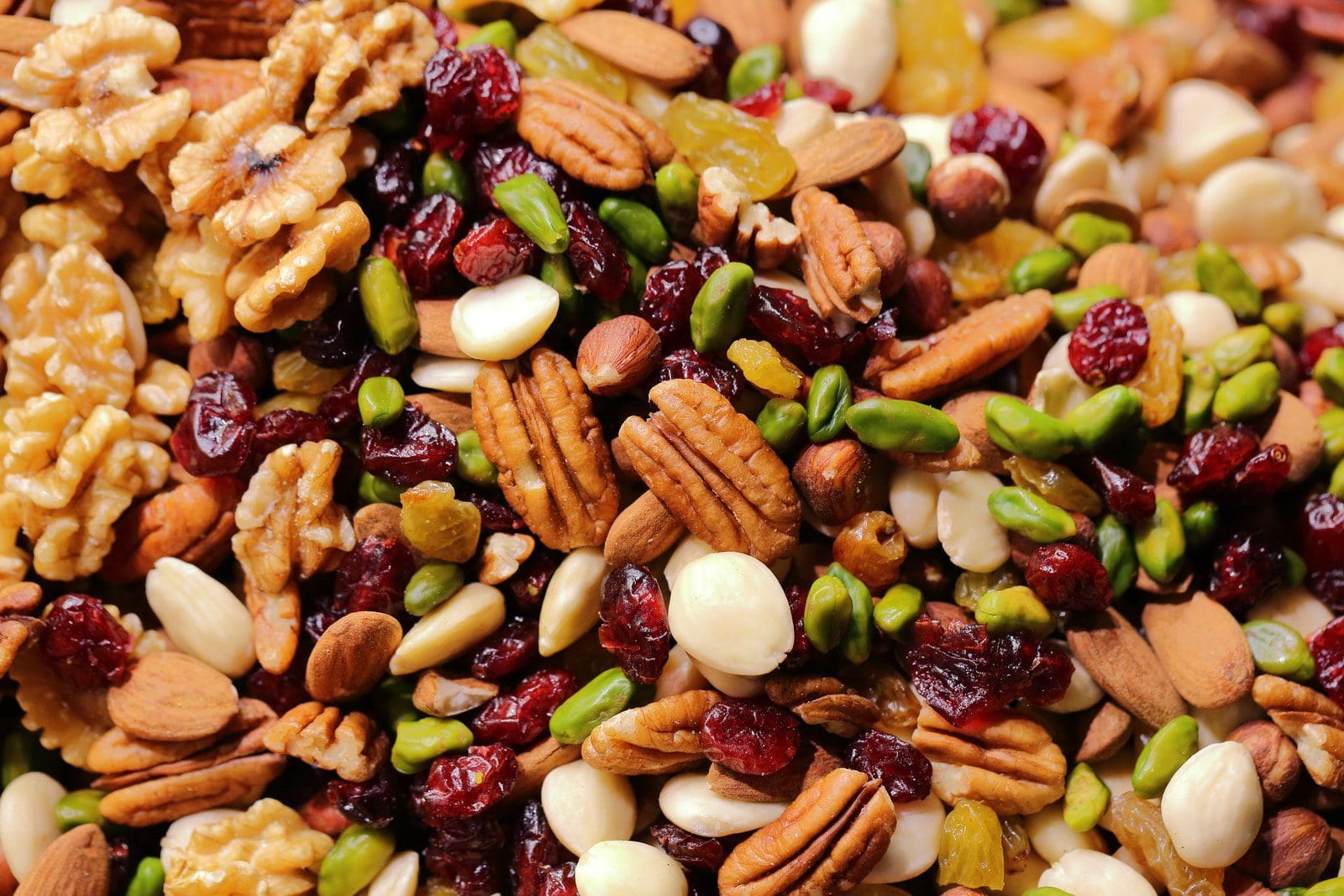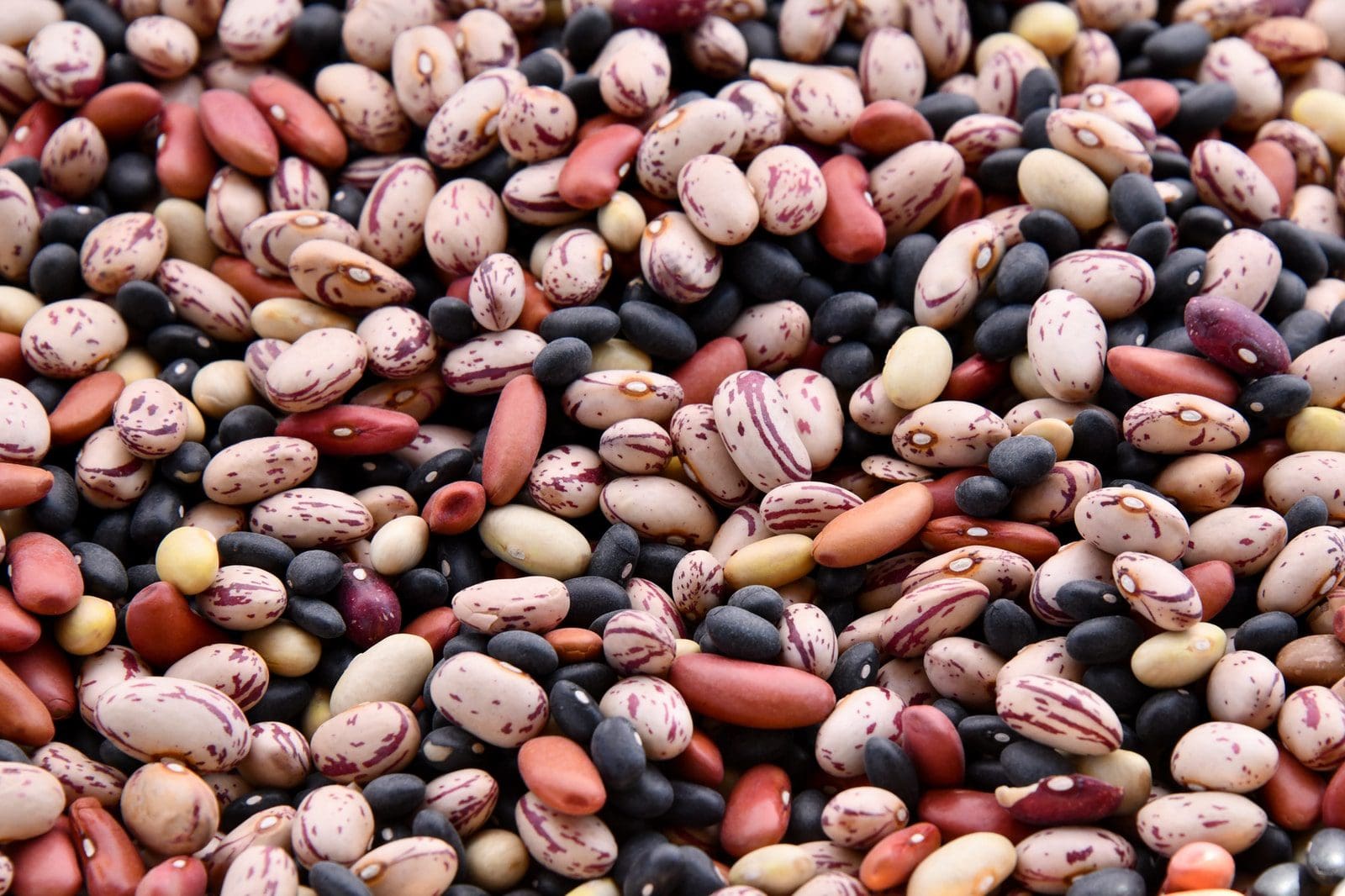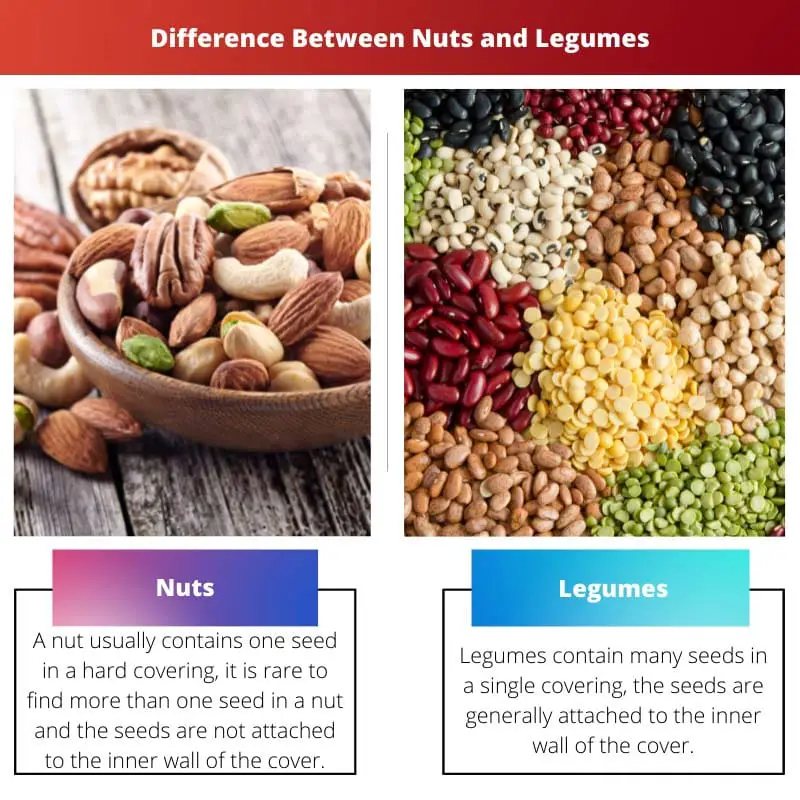The world runs in a cycle keeping the need for food in the center. All the efforts a person makes are to satisfy their hunger needs.
Every day people get up and go to their work just for their need all the nutrients, minerals, etc. These minerals and nutrients are essential for the well-being of a person.
Edible seeds are a way to get all the essential nutrients. They are a dominant source of protein and calories.
Generally, the edible seed plants and angiosperms, while some are too. As a global food, nuts, legumes, cereals, and spices are the most important edible seeds.
Key Takeaways
- Nuts are hard-shelled, dry fruits that contain a single, large seed, such as almonds, walnuts, and pecans.
- Legumes are plants from the Fabaceae family, producing seeds in pods like beans, lentils, and peanuts.
- Although peanuts are commonly referred to as nuts, they are technically legumes, highlighting the distinction between these two categories of plant-based foods.
Nuts vs. Legumes
A nut is a seed covered in a hard cover. A nut is difficult to break because of its hard cover. A seed in a nut is not attached to the cover. Nuts are healthy for diabetes patients. Legumes are seeds attached to each other. They are easy to open as their cover is soft. Legumes provide great energy as they are rich in protein and carbohydrates.

A nut is a dry fruit identified by its hard-woody covering with a single seed inside it and occasionally two seeds, nuts must be cracked open due to their hardcover. Legumes are fruits with multiple seeds in a pod attached to the inner wall of it.
Comparison Table
| Parameter of Comparison | Nuts | Legumes |
|---|---|---|
| Number of seeds | A nut contains one seed in a hard covering, it is rare to find more than one seed in a nut, and the seeds are not attached to the inner wall of the cover. | Legumes contain many seeds in a single covering; the seeds are attached to the inner wall of the cover. |
| Type of pod or covering | The pod of the nut is a hard-wooden covering. | Legumes have a soft cover that, on maturity, breaks itself to reveal the seeds. |
| Property of dehiscent | Nuts are indehiscent, which means they need to be cracked open. | Legumes are descent; they break naturally without any external force. |
| Nutritional value | Nuts are a good source of protein, vitamins, and minerals. They also contain vegetable oils and saturated fats in good quantity, giving more calories even if eaten in small quantities. | Legumes are rich in proteins and carbohydrates, providing more energy. |
| Examples | Some nuts are Chestnut, Acorns, Hazelnuts, almonds, cashews, Walnuts, etc. | Examples of legumes are peas, Chickpeas, Lentils, Soybeans, Peanuts, etc. |
What are Nuts?
The botanical definition of nuts assumes a particular type of fruit with a hardcover. They contain a single seed inside them that, besides being tasty, is also packed with essential nutrients.
The pod or the nut cover is woody and, therefore, difficult to break. They need to be cracked open due to the hardness of the pod.
The seed of a nut is not attached to the inner wall. Consuming nuts is good for the heart and is beneficial for diabetes.
Regarding nutrition, they are a rich source of proteins, vitamins, minerals, amino acids, and antioxidants; some nuts are also rich in iron content. Apart from the essential nutrients, they are rich in vegetable oils and saturated fats and provide more calories even if consumed in a small proportion.
The vegetable oils extracted from them are used for several other purposes. Nuts are consumed roasted or raw in snacks.
They add taste to puddings, custards, cakes, ice creams, etc. Some examples of nuts are cashews, almonds, walnuts, Pistachios, Hazelnuts, Chestnuts, etc.

What are Legumes?
Legumes are the edible seeds of the Fabaceae family. They are fruits that contain multiple seeds in a single covering.
The pod of the legume is soft and easy to open. They sometimes break themselves to reveal the seeds.
The seeds in the covering are attached to the inner wall of it. Legumes have a special quality of nitrogen-fixing.
The seeds of legumes, when dried, are known as pulses. Talking of the nutritional term, legumes have a high content of protein and carbohydrates; they are a great source of energy.
Legumes are categorized on the basis of their property to split; the legumes that split into halves are termed pulses, and the legumes that do not split are termed grams. Legumes may provide high protein content, but they sometimes act as allergens.
Legumes such as grams are consumed at breakfast, and legumes such as pulses are consumed in meals after cooking. Legumes provide even more nutrients when sprouted.
Some examples of Legumes are peas, peanuts, soybeans, chickpeas, lentils, etc.

Main Differences Between Nuts and Legumes
- A nut is a fruit with a single seed, while a legume contains multiple seeds.
- The pod of a nut is hard and woody, while the pod of the legume is soft.
- The cover of a nut is indehiscent; they need to be cracked open to reveal and consume the seed, while the cover of a legume opens up naturally, meaning it is dehiscent.
- The seed of a nut is not attached to the inner wall of the pod, while the seeds of a legume are attached to the inner wall of the pod.
- Nuts are a good source of protein, vitamins, and minerals, while legumes are a good source of protein and carbohydrates.
- Nuts are rich in vegetable oils; therefore, they increase calorie intake, while legumes do not contain vegetable oils. Therefore, they have a low content of fat.
- Nuts are costlier than legumes.




